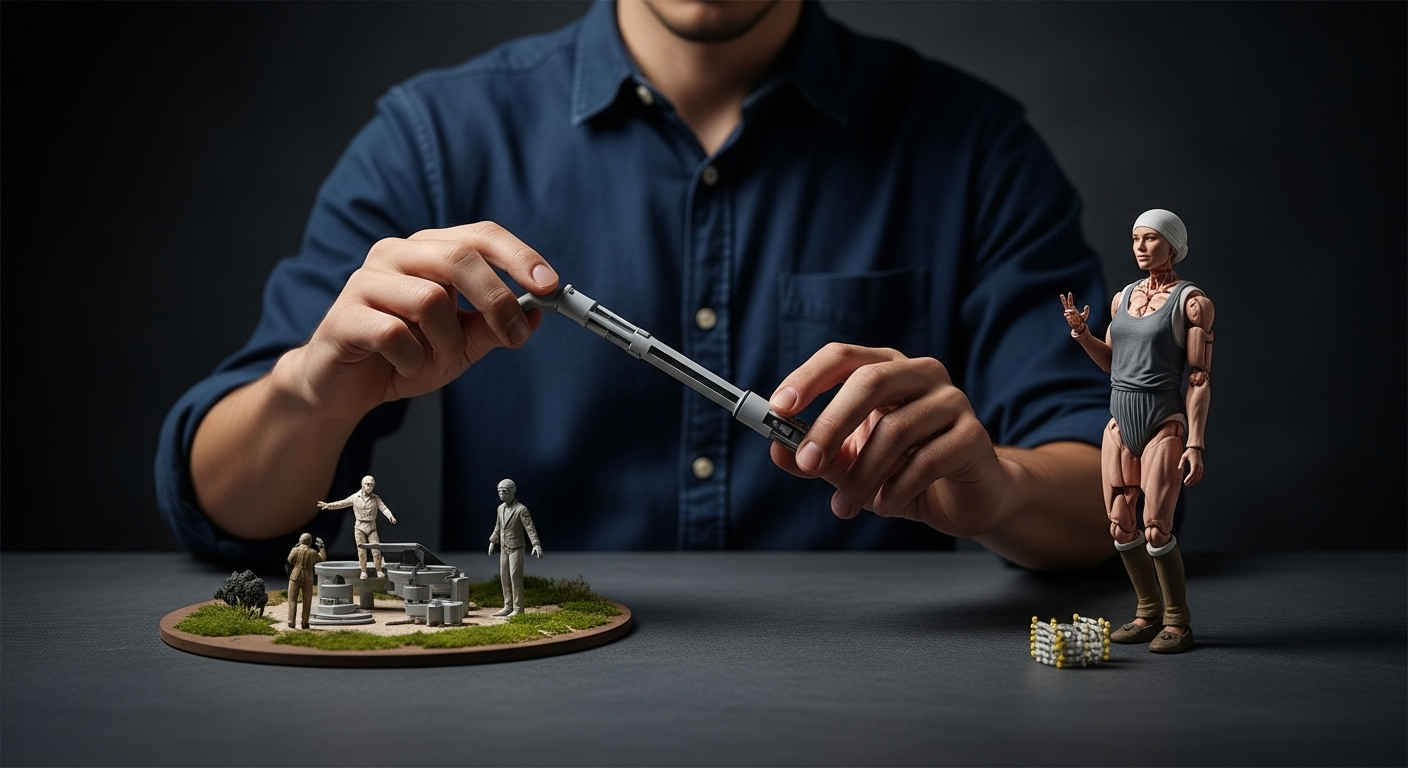The Curious World of Miniature Art Museums
In the vast landscape of global art institutions, a fascinating niche has emerged, captivating both art enthusiasts and casual observers alike. Miniature art museums, dedicated to showcasing tiny masterpieces, have begun to pop up in cities around the world, offering a unique perspective on the art of the minuscule. These pint-sized galleries challenge our perceptions of scale and detail, inviting visitors to explore the intricate world of miniature artistry.

Defining the Miniature Masterpiece
What exactly constitutes miniature art? While definitions vary, most miniature art museums adhere to strict size limitations. Typically, paintings must be no larger than 25 square inches, and sculptures often measure less than 6 inches in any dimension. Despite these constraints, miniature artists manage to create stunningly detailed works that rival their full-sized counterparts in complexity and impact.
Techniques and Tools of the Trade
Creating miniature art requires a unique set of skills and specialized tools. Many artists use magnifying glasses or microscopes to achieve the level of detail required for their tiny canvases. Brushes as fine as a single hair and custom-made tools are common in the miniaturist’s toolkit. The techniques employed often mirror those used in full-scale art, but with an added layer of precision and patience.
Notable Miniature Art Museums
Several standout institutions have made a name for themselves in the world of miniature art. The Miniature Museum of Taiwan, located in Taipei, houses over 200 miniature works from around the globe. In the United States, the Miniature Art Society of Florida operates a museum showcasing hundreds of tiny treasures. These museums not only display miniature paintings and sculptures but also feature intricate dioramas and dollhouses that transport visitors to miniature worlds.
The Appeal of the Miniature
What draws people to miniature art? For many, it’s the sense of wonder and discovery that comes from examining these tiny creations. The level of detail achievable in such a small space often surprises and delights viewers. Additionally, the intimacy of miniature art allows for a more personal connection between the viewer and the artwork, as one must lean in close to fully appreciate the craftsmanship.
Challenges Faced by Miniature Museums
Despite their growing popularity, miniature art museums face unique challenges. Display and preservation of such small works require specialized equipment and careful curation. Lighting must be precisely calibrated to highlight details without damaging delicate pieces. Moreover, these museums must work harder to attract visitors in a world where bigger often equates to better in the public eye.
The Future of Miniature Art Institutions
As interest in miniature art continues to grow, so too does the potential for these specialized museums. Many are exploring innovative ways to engage visitors, including interactive exhibits and virtual reality experiences that allow patrons to “step into” miniature worlds. Some institutions are also partnering with schools to introduce children to the art form, fostering a new generation of miniature enthusiasts and artists.
Collecting and Creating Miniature Art
For those inspired by miniature art museums, collecting or creating tiny masterpieces can be a rewarding hobby. Miniature art societies and online communities offer resources and support for aspiring artists and collectors. Annual exhibitions and competitions provide opportunities for artists to showcase their work and for collectors to discover new pieces.
The Global Impact of Miniature Art
While miniature art museums may be small in scale, their impact on the art world is anything but. These institutions challenge traditional notions of art and gallery spaces, encouraging viewers to slow down and appreciate the finer details. As more people discover the charm of miniature art, these museums are poised to play an increasingly significant role in the global art scene, proving that sometimes the smallest things can make the biggest impression.





